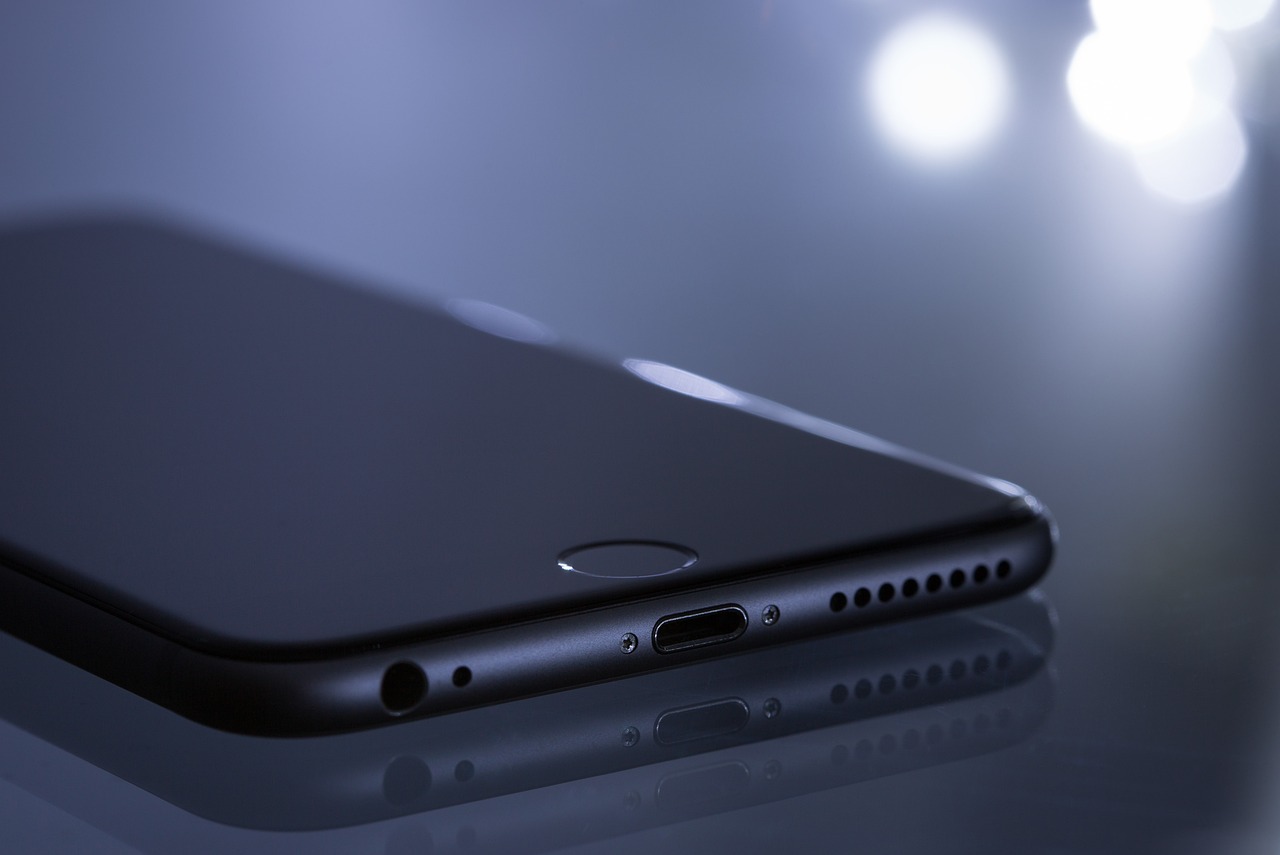Rethinking the Screen: Digital Art in the Age of Social Media
In an era marked by technological advancements and social media dominance, digital art has taken center stage. This form of artistic expression, blending traditional techniques with modern technologies, has introduced a unique evolution in the arts and entertainment industry.

Historical Landscape
The groundwork for digital art was laid in the late 1960s, with pioneers like Michael Noll and Frieder Nake experimenting with computer algorithms to create visual compositions. The 1980s and 1990s saw the rise of software like Adobe Photoshop, enhancing the capabilities of digital artists and increasing the medium’s accessibility. By the early 2000s, internet art had emerged, creating a new space for artists to share their work and engage with global audiences.
Modern Developments
Social media platforms like Instagram, Twitter, and TikTok have given digital artists a broader platform to showcase their work, as well as the opportunity to interact with their audience directly. As these platforms have grown, so too has the popularity of digital art, with many artists gaining significant followings and even commercial success. Artists like Beeple and Grimes have made headlines for selling their digital art as NFTs (Non-Fungible Tokens), indicating a new avenue for artists to monetize their work.
Impact and Significance
Digital art’s impact is twofold. On one hand, it has democratized the art world, allowing artists from various backgrounds to share their work and gain visibility. On the other, it has introduced a new aesthetic that challenges traditional notions of art. The reception to digital art has been mixed. While some critics question its authenticity, others praise its innovation and adaptability to our increasingly digitized world.
The Future of Digital Art
As we continue to navigate life in a digital age, it’s clear that digital art will continue to play a significant role in our cultural landscape. Whether it’s the next viral art trend on TikTok or the latest NFT sold for millions, digital art is here to stay and promises to keep pushing the boundaries of what we consider art.
Digital art, with its blend of technology and creativity, has carved out a distinct niche in the arts and entertainment industry. It’s a testament to the ever-evolving nature of artistic expression and a reminder that art, in all its forms, remains a vital part of our cultural fabric.




